The Historic Village of Val-Jalbert National Historic Site
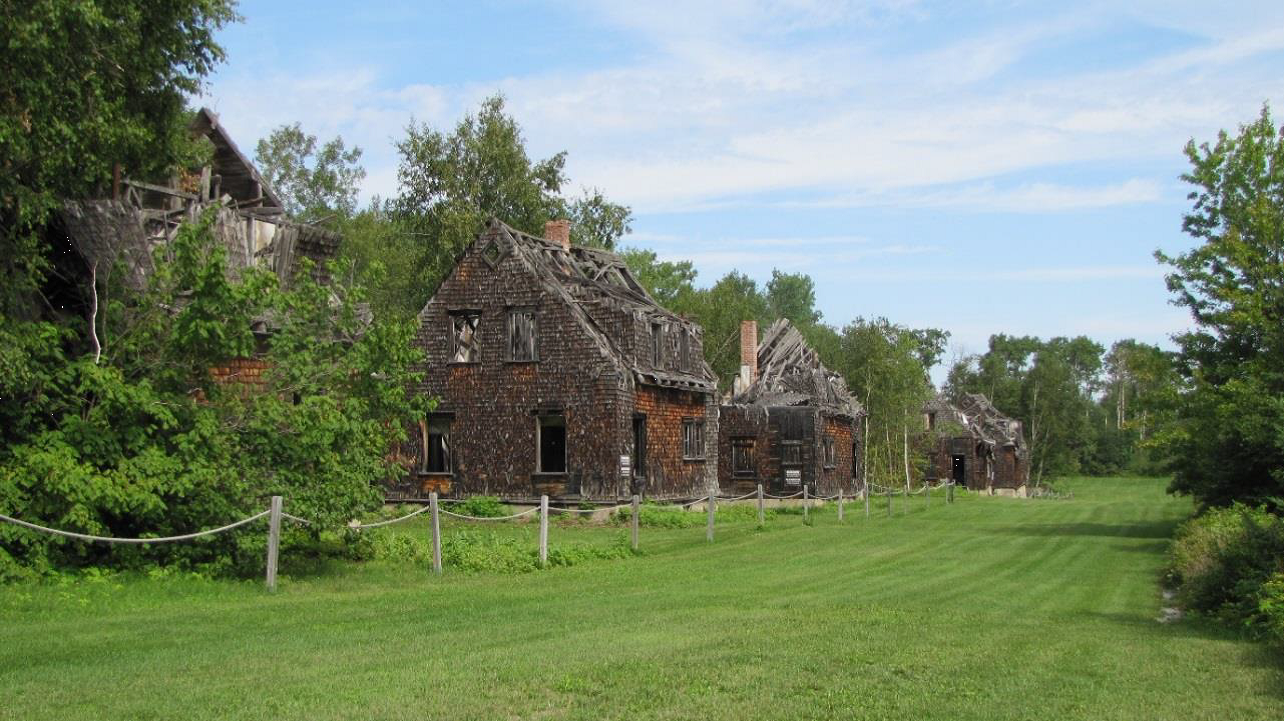
© Christine Boucher/Parks Canada, 2018
The historic Village of Val-Jalbert was designated a national historic site in 2019.
Commemorative plaque: 95, Saint-Georges Street, Chambord, QuébecFootnote 1
The historic Village of Val-Jalbert
The establishment of a pulp and paper mill by industrialist Damase Jalbert in 1901 led to the foundation of this village on the banks of the Ouiatchouan River (“site of frequent travel” in Ilnu). A prime example of a company village built to retain its workforce, Val Jalbert is remarkable for its diverse homes and array of institutional and commercial buildings, unique in industrial complexes of the time. The mill’s closure in 1927 led to the gradual abandonment of the village. The conservation and development of this site, which began in the 1960s, reflected growing interest in the preservation of built heritage in Canada.
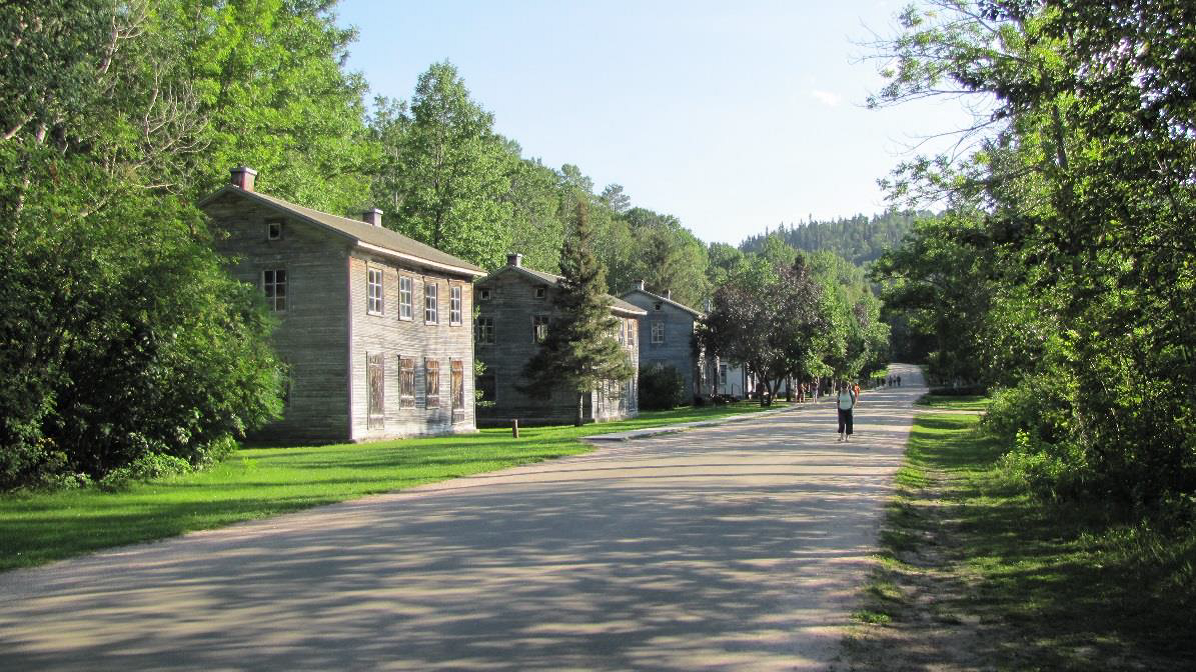
© Christine Boucher/Parks Canada, 2018
The historic Village of Val-Jalbert
The establishment of a pulp and paper mill in 1901 on the banks of the Ouiatchouan River (“site of frequent travel” in Ilnu) led to the foundation of the village of Val-Jalbert. This village is a prime example of an early 20th-century pulp and paper industry company town, remarkable for its authenticity and the preservation of its built environment. Designed in successive phases according to urban plans that guided its growth, the village of Val-Jalbert features two distinct districts, the upper town and the lower town, as well as an array of industrial equipment, institutional and commercial buildings, and four different types of all-wood houses for those who worked at the mill. The mill’s closure in 1927 led to the gradual abandonment of the village. In the early 1960s, this deserted “ghost town” was conserved and developed into an open-air museum, typifying the growing interest in heritage preservation that took place across the country during the second half of the 20th century.
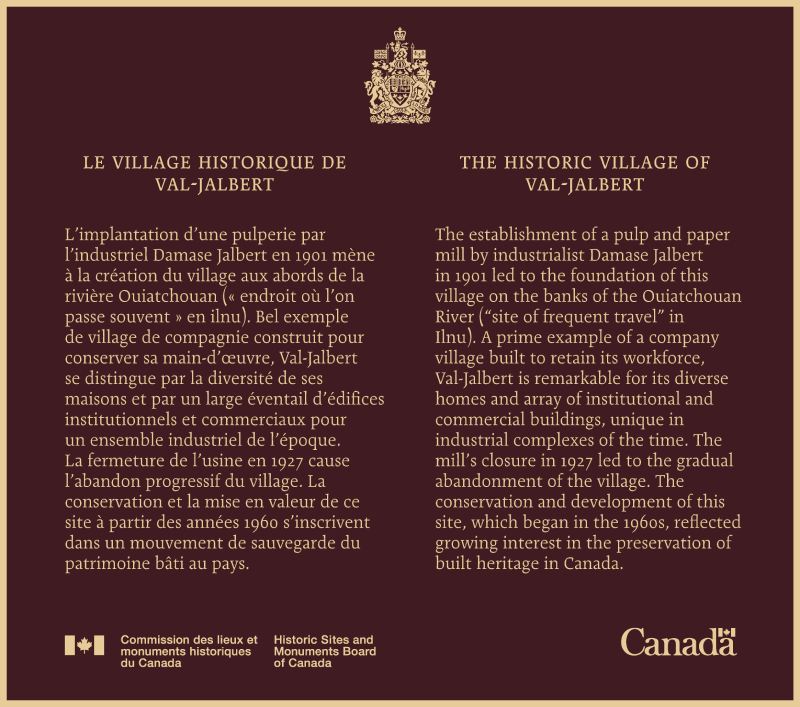
Covering an area of approximately 1.7 square kilometres, the historic village of Val-Jalbert is in the Regional County Municipality (RCM) of Domaine-du-Roy, southwest of Lac Saint-Jean, or Pekuakami in Ilnu. Archaeological studies have shown that human occupation of this region dates to at least 6,000 years ago. In the 1840s, when colonization began in the region, this was Innu territory. The development of the forest industry, through the granting of timber cutting territories and the construction of pulp production plants, encroached on Innu territory and they petitioned authorities for compensation and the protection of their lands. In 1856, the Mastheuiatsh (Pointe-Bleue) reserve was created. It is the only Innu community in the Lac-Saint-Jean region.
In 1898, forestry entrepreneur Damase Jalbert began the development of a pulp mill on the Ouiatchouan River. The construction of the mill, inaugurated in 1902, and the planning of the first residential area of the village took place simultaneously. The site features numerous natural elements, including the Ouiatchouan River and its waterfalls, the river canyon, forest, and the topography of the site and its network of roads and trails. Over the years, four different types of housing were erected in the village’s two primary residential areas, known as the upper and lower town. In 1924, a crisis in the pulp industry led to hard times and workers who lost their jobs sought out employment in nearby communities. The Val-Jalbert mill officially closed its doors on 13 August 1927 because of financial difficulty.
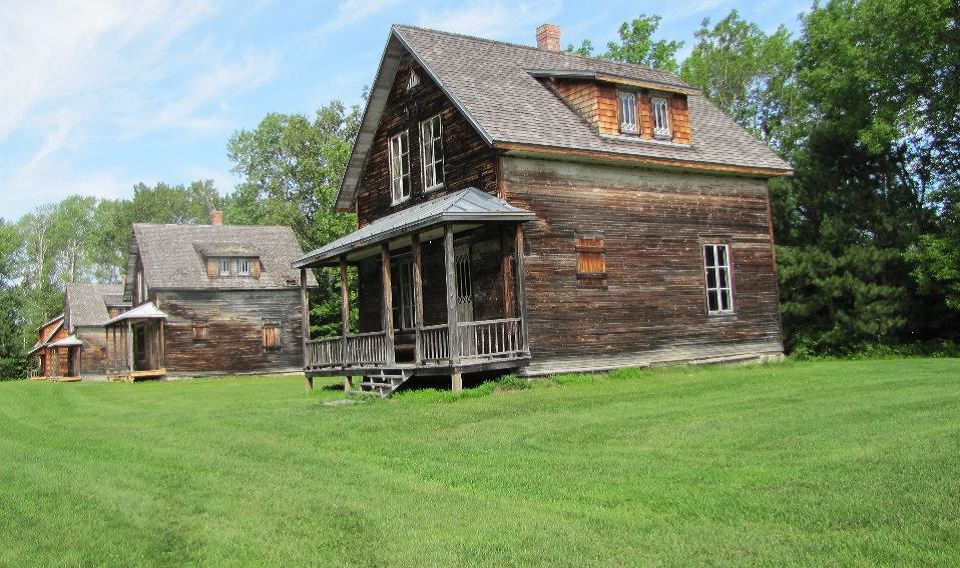
© Christine Boucher/Parks Canada, 2018
In August 1949, the Quebec government acquired the Val-Jalbert facility, but it was not until 1960 that the site opened to visitors. Largely unchanged, the site has retained its spatial organization. Some 30 houses have been restored over the years, as have other major buildings that today serve various functions for visitors, including the plant, the general store, the old butcher shop, the convent school, and a guest house. Another 10 houses have been left in a state of ruin, and there are several overgrown foundations that evoke the former era of this “ghost town.” Today, the Historic Village of Val-Jalbert welcomes 60,000 visitors each year.
This backgrounder was prepared at the time of the plaque unveiling in 2022.
Description of historic place
The Historic Village of Val-Jalbert National Historic Site of Canada covers an area of roughly 1.88 km2 located halfway between Chambord and Roberval in the Regional County Municipality (RCM) of Domaine du Roy, southwest of Lac Saint Jean, Quebec. It has over 90 buildings, including a pulp mill, institutional and commercial buildings, houses and tourist facilities, as well as the remains of many other structures. The official recognition refers to the boundaries of the Historic Village of Val Jalbert as designated under Quebec’s Cultural Property Act in 1996. Some discordant elements have been excluded, including the visitor reception centre and the adjacent garage, which are of fairly recent construction, as well as the camping site located near the site entrance.
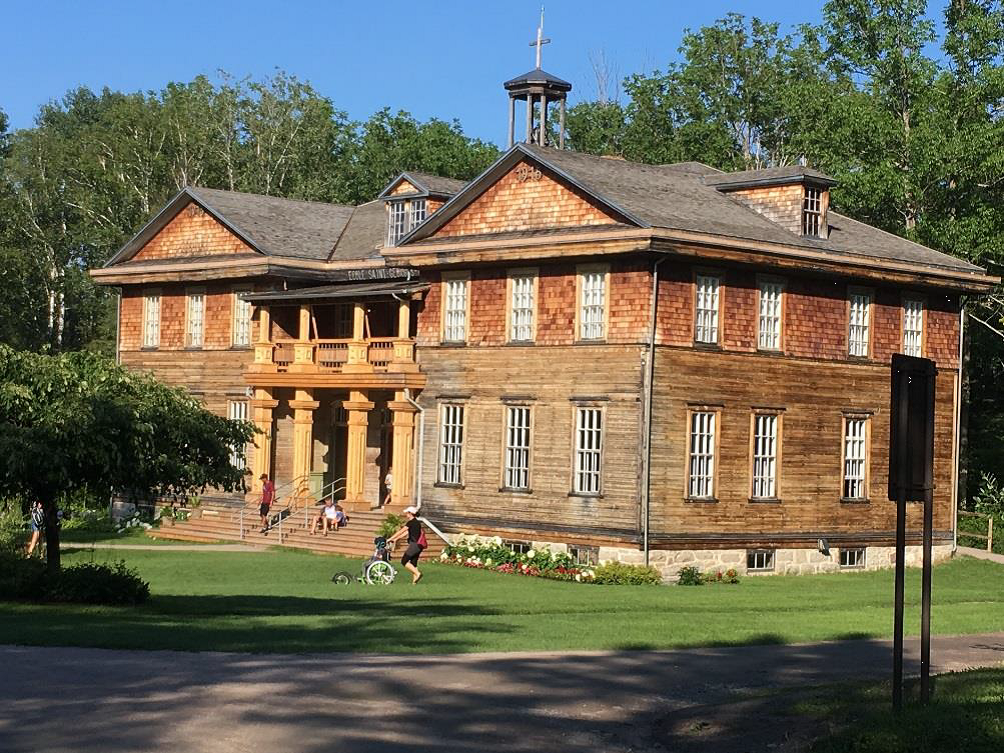
© Christine Boucher/Parks Canada, 2018
Heritage value
The Historic Village of Val-Jalbert was designated a National Historic Site of Canada in 2019. It is designated because:
- founded in 1901 around a pulp and paper mill, and deserted since 1927, the village of Val-Jalbert is a prime example of an early 20th century pulp and paper industry company town. It is remarkable for its authenticity and the integrity of its built environment;
- designed in successive phases according to an urban plan that guided its growth, the village of Val-Jalbert features the two distinct districts of the upper town and the lower town, as well as a unique array of industrial facilities, institutional and commercial buildings, and four different types of workers’ all-wood houses found along over a half-dozen streets;
- and the conservation and development of this “ghost town” into an open-air museum in the early 1960s typified the growing interest in heritage preservation that took place across the country during the second half of the 20th century.
In 1898, forestry entrepreneur Damase Jalbert began developing a pulp mill on the Ouiatchouan River. The village’s first residential area was planned while the mill, inaugurated in 1902, was being constructed. The site’s natural topography includes the Ouiatchouan River and its waterfalls, the river canyon, woods and a network of roads and trails. Four different types of workers’ housing are erected in the village’s two primary residential areas, known as upper and lower town. In 1924, a crisis in the pulp industry led to the layoff of workers, who were forced to seek employment in nearby communities. Due to financial difficulties, the Val Jalbert pulp mill officially closed its doors on August 13, 1927. In August 1949, the Quebec government acquired the Val Jalbert facilities, but the site didn’t open to visitors until 1960. Largely intact, the site has retained its original layout. Over the years, some 30 houses have been restored, as have other major buildings that serve various functions for visitors today, including the mill, general store, butcher shop, convent school and guest house. A dozen other houses have been intentionally left in a state of ruin.
Source: Historic Sites and Monuments Board of Canada, Minutes, December 2018.
The National Program of Historical Commemoration relies on the participation of Canadians in the identification of places, events and persons of national historic significance. Any member of the public can nominate a topic for consideration by the Historic Sites and Monuments Board of Canada.
- Date modified :